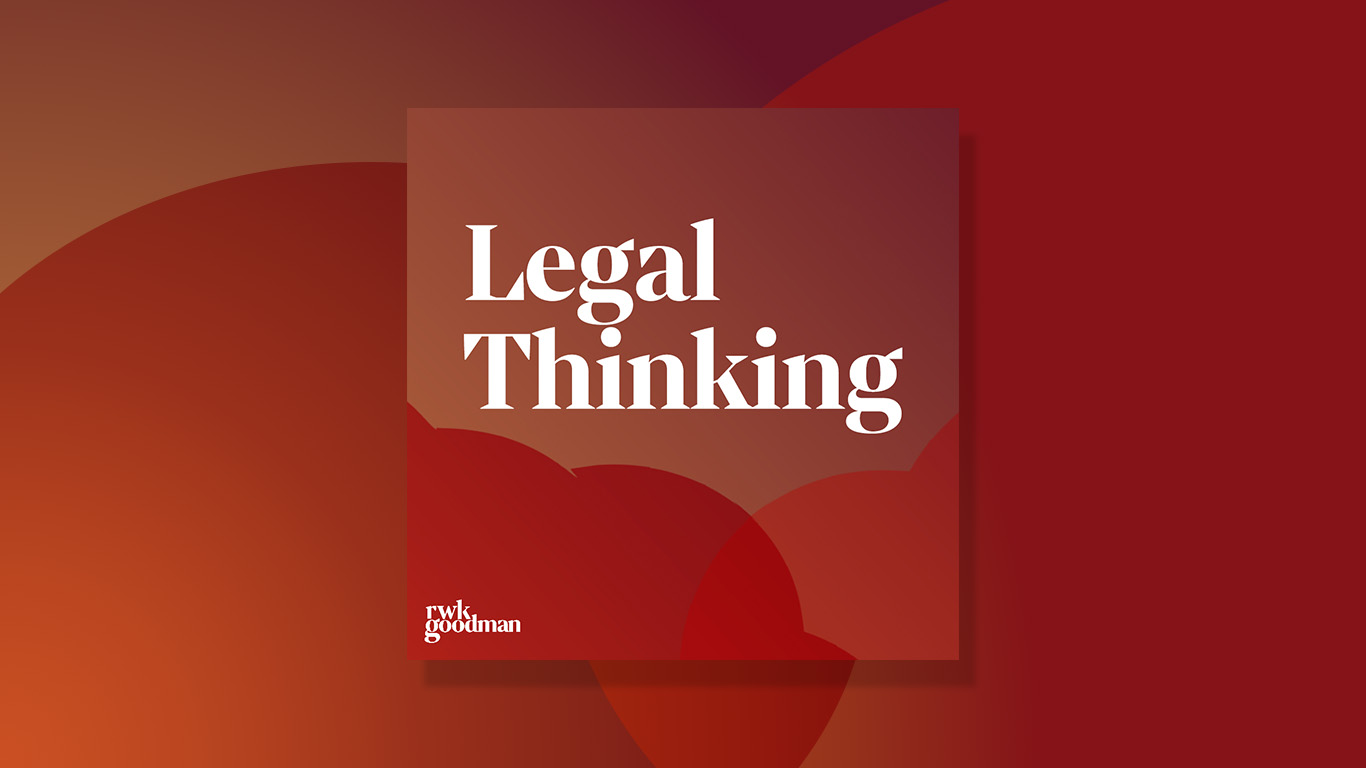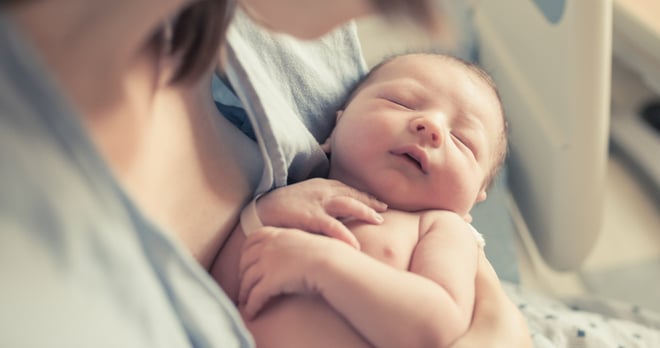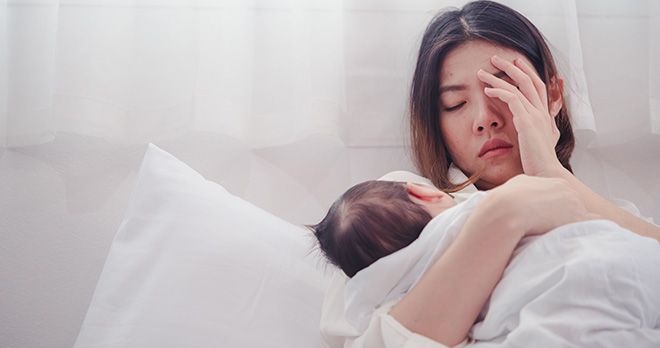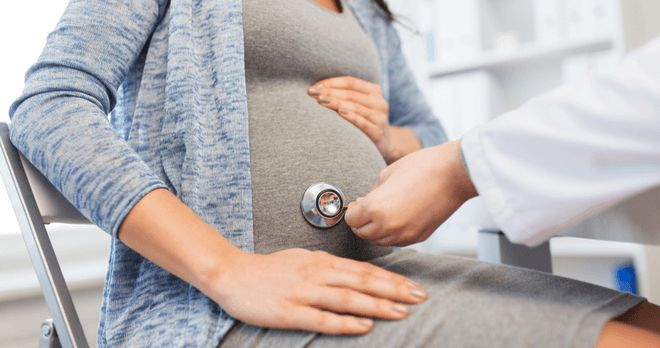The ‘CoolCuddle study’ – cooling treatment in childbirth and the safety of cuddling babies during the process

Some of my close family members have gone through traumatic pregnancies and as such I am always eager to explore innovative treatment methods for improving the outcome of complex deliveries.
Background
Childbirth can be a risky business and sometimes babies can experience a shortage of oxygen during their birth which can lead to brain damage. In recent years, the cooling of babies has become a mainstay of treatment for babies who have suffered from potential brain damage at birth. In practice, this involves wrapping the baby in a cold blanket or cooling cap and bringing down their temperature for three whole days. This can be an incredibly difficult time for families, desperate to cuddle their new arrival, but unable to for fear of compromising the cooling process. However, I have recently come across research that suggests that all this may be about to change: The CoolCuddle study[1] investigate whether it is safe to cuddle babies who are being cooled and has produced some fascinating results.
Brain damage because of a shortage of oxygen to the brain is often referred to as hypoxic ischaemic encephalopathy or HIE. HIE is one of the leading causes of death in new-born babies [2]. Babies who survive HIE are likely to develop lifelong disabilities such as, epilepsy or cerebral palsy [3]. Once the brain is deprived of oxygen, a series of chemical processes occur within the brain which can cause permanent damage.
Cooling treatment is used by health practitioners in tackling HIE as it has been proven that by cooling a baby’s brain (to a temperature of no less than 33.5C), these inevitable chemical processes that would emerge within the brain could, in fact, be altered and as a result, the extent of brain damage could be lessened, and the long-term outcome improved.
All in all, cooling treatment provides an effective way to minimise the severity of HIE. However, the use of this process presents a whole host of problems, such as:
- The lack of both emotional and physical contact between the parents and their baby whilst the baby is undergoing cooling. It is thought that the intensive isolated care may detrimentally impact parent-infant bonding which is important for a new-born baby’s cognitive development; and
- It is thought to cause maternal postnatal depression rates to rise.
Therefore, in recent times a group of medical researchers decided to attempt to refine the current scripture on the cooling procedures. The CoolCuddle research study asked the question that many parents would like an answer to: Do parents cuddling babies undergoing cooling therapy for hypoxic-ischaemic encephalopathy (HIE) affect the cooling process, cardiorespiratory or neurophysiological measures. The secondary aim was to explore parent-infant bonding, maternal post-natal depression, and breastfeeding.
What is CoolCuddle?
A development of the cooling treatment to allow parents to cuddle their new-born babies undergoing cooling therapy for up to 2 hours.
Is it more effective?
Aside from the fact that the research project was a success on the basis that no new-born baby involved in the study suffered any harm, it did also demonstrate the following strengths:
- Maternal postnatal depression rates can be reduced; and
- Breastfeeding may be (Breastfeeding figures produced were higher than the national average.)
However, the following limitations must be noted:
- Currently, there is limited data promoting parents cuddling their babies during cooling;
- The CoolCuddle study consisted of a very small, carefully selected group of infants (just 28 babies);
- Somewhat surprisingly, the use of CoolCuddle did not appear to improve parent-infant bonding; and
- Roughly 96% of surveyed neonatal units in the UK do not support parents cuddling their infants during cooling therapy due to concerns of temperature instability during cooling therapy[1].
Conclusion
In conclusion, I think that more research is required before anyone can determine the pros and cons of cuddling babies during the cooling process. Being an uncle to five little ones, it fills me with hope that CoolCuddling does not endanger babies and so it can enable the parent-infant bonding which, in my opinion, cannot be quantified. Despite the limitations of the CoolCuddle study, I hope the study will form a building block for more innovative methods to enable baby and parent contact during the cooling process.
[1] Physiological responses to cuddling babies with hypoxic–ischaemic encephalopathy during therapeutic hypothermia: an observational study | BMJ Paediatrics Open, Vol 5, Issue 1, David Odd, et al.
[2] Treatment temperature and insult severity influence the neuroprotective effects of therapeutic hypothermia. Wood et al. Sci Rep 2016; 6:23430.
[3] Hypoxic Ischemic Encephalopathy: Pathophysiology and Experimental Treatments – PMC (nih.gov)
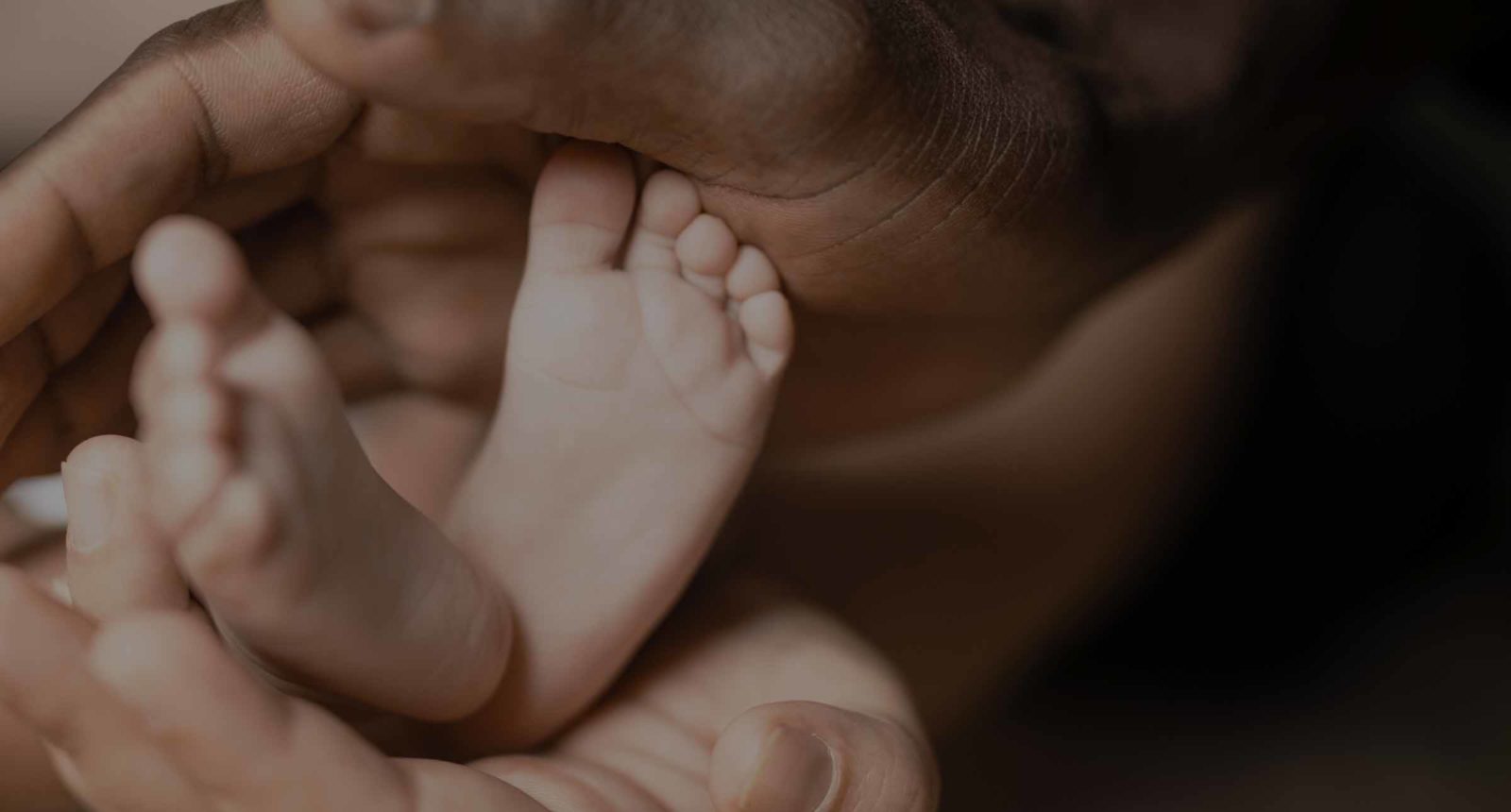
Contact our Birth Injury team:
If you or your child has been injured as a result of negligent care during pregnancy or during or after childbirth, we can help.
